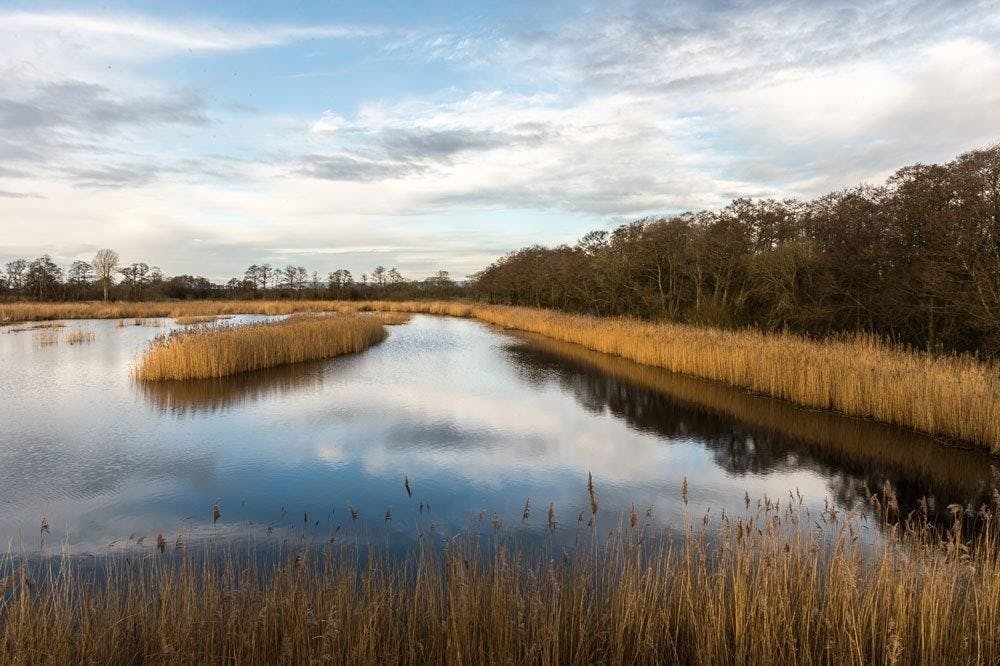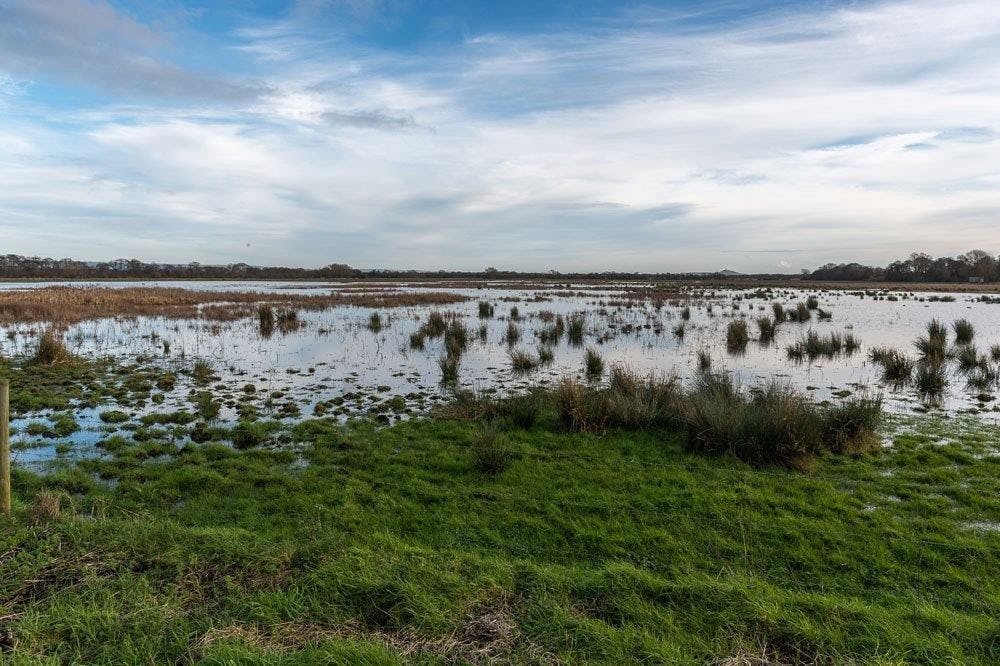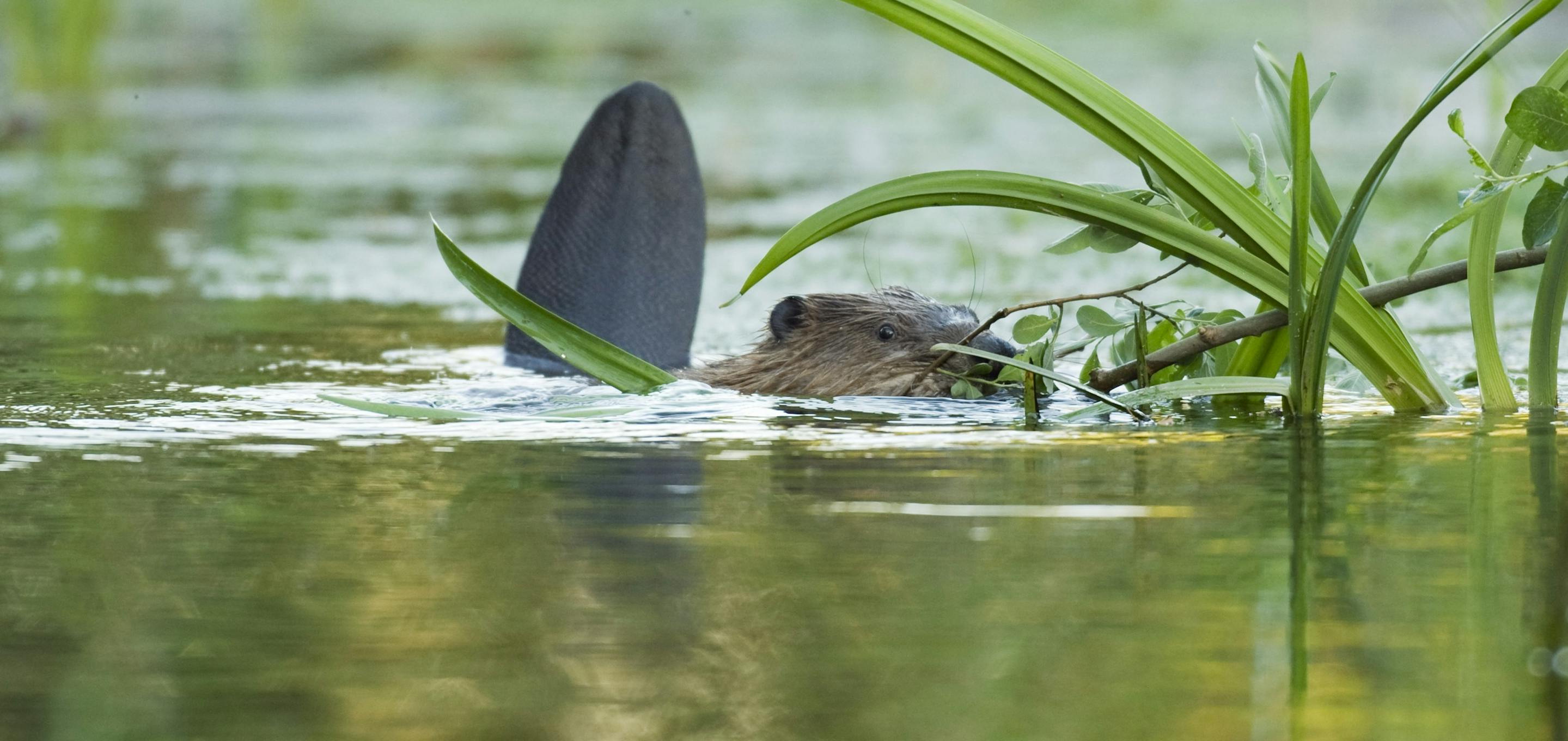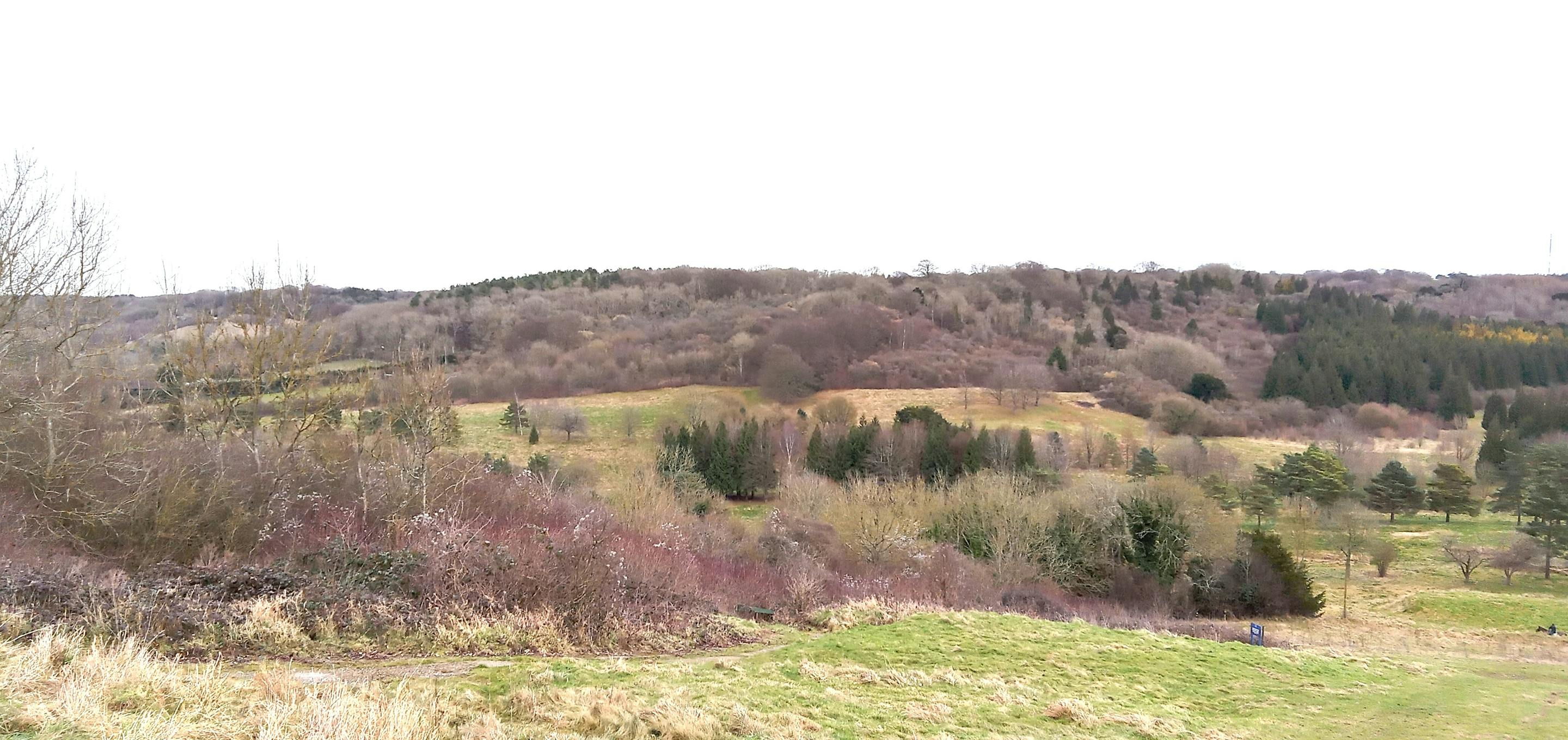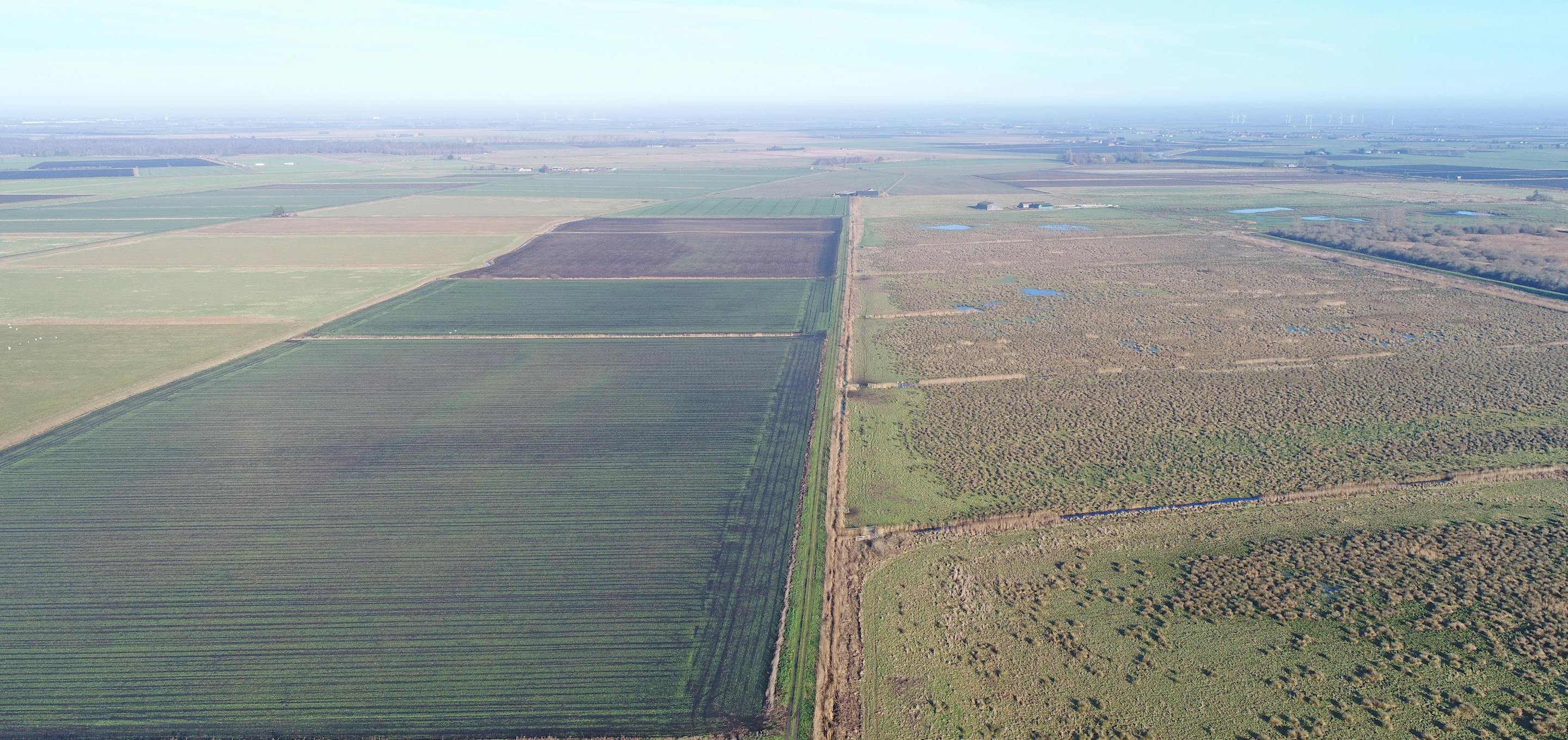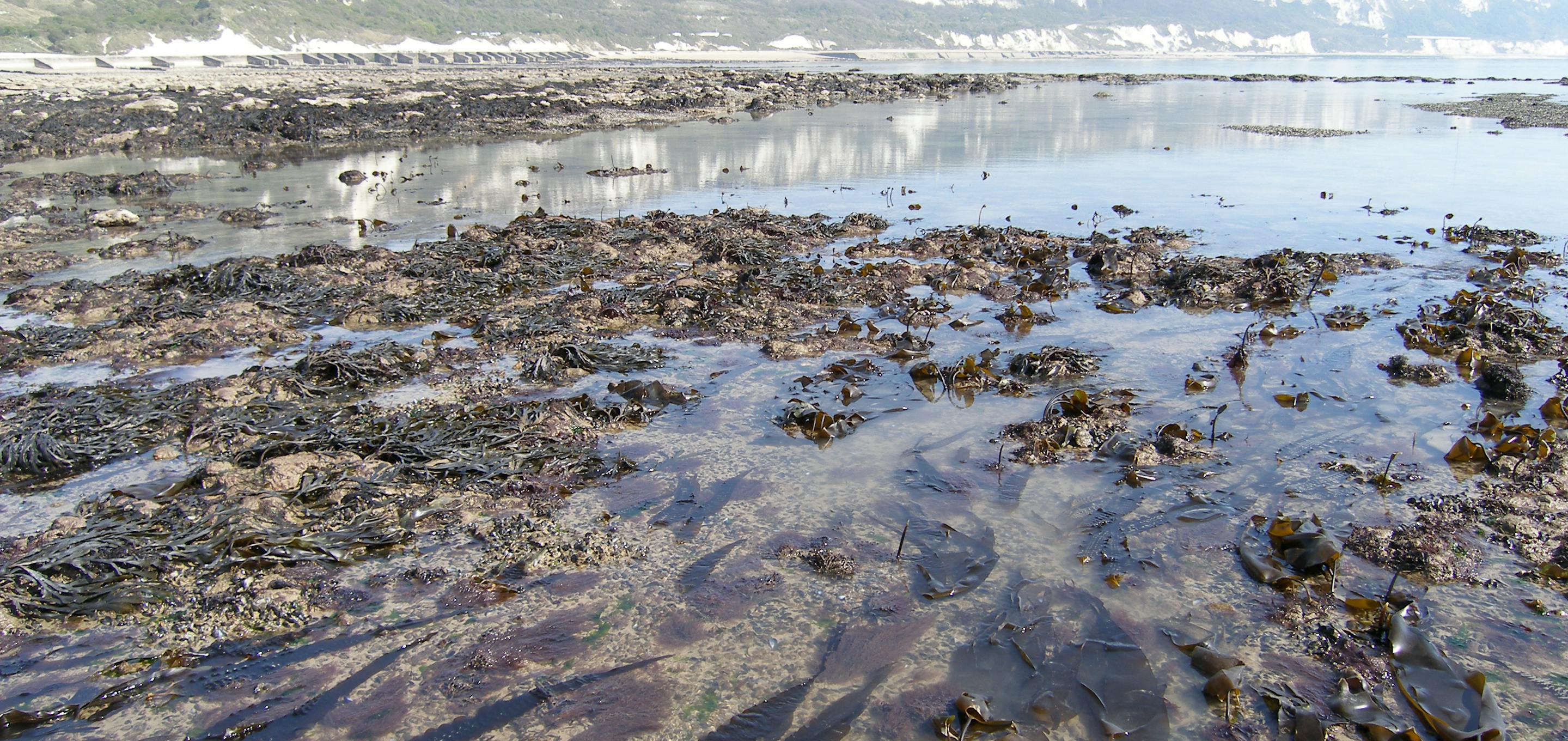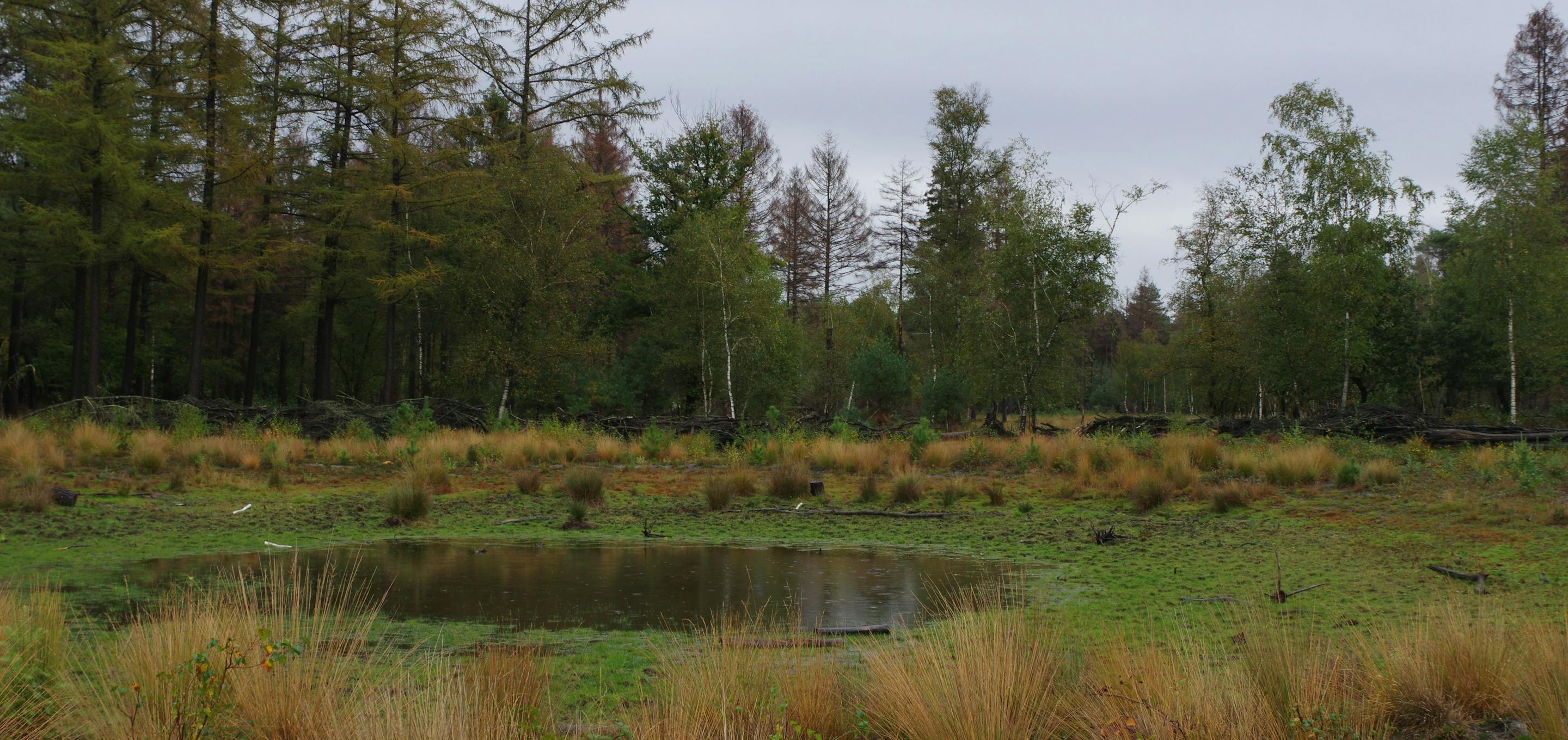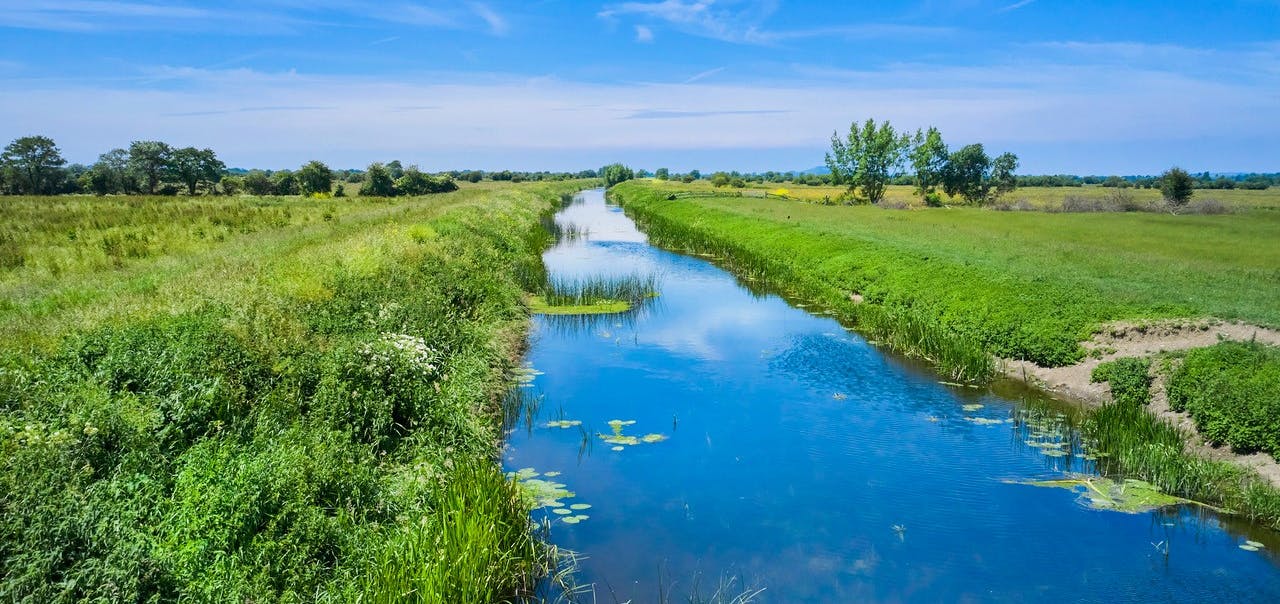
Honeygar Farm
The acquisition and restoration of 80ha at a former dairy farm in the heart of the Somerset Levels. This project will include the restoration of grazing marsh, wetlands and relic fen and as a demonstration of delivering nature-based solutions. Part of an interlinked network of internationally important wetlands forming the Avalon Marshes area of Somerset’s Levels and Moors.
- Total Area (hectares)
- project cost
- total units
- units sold
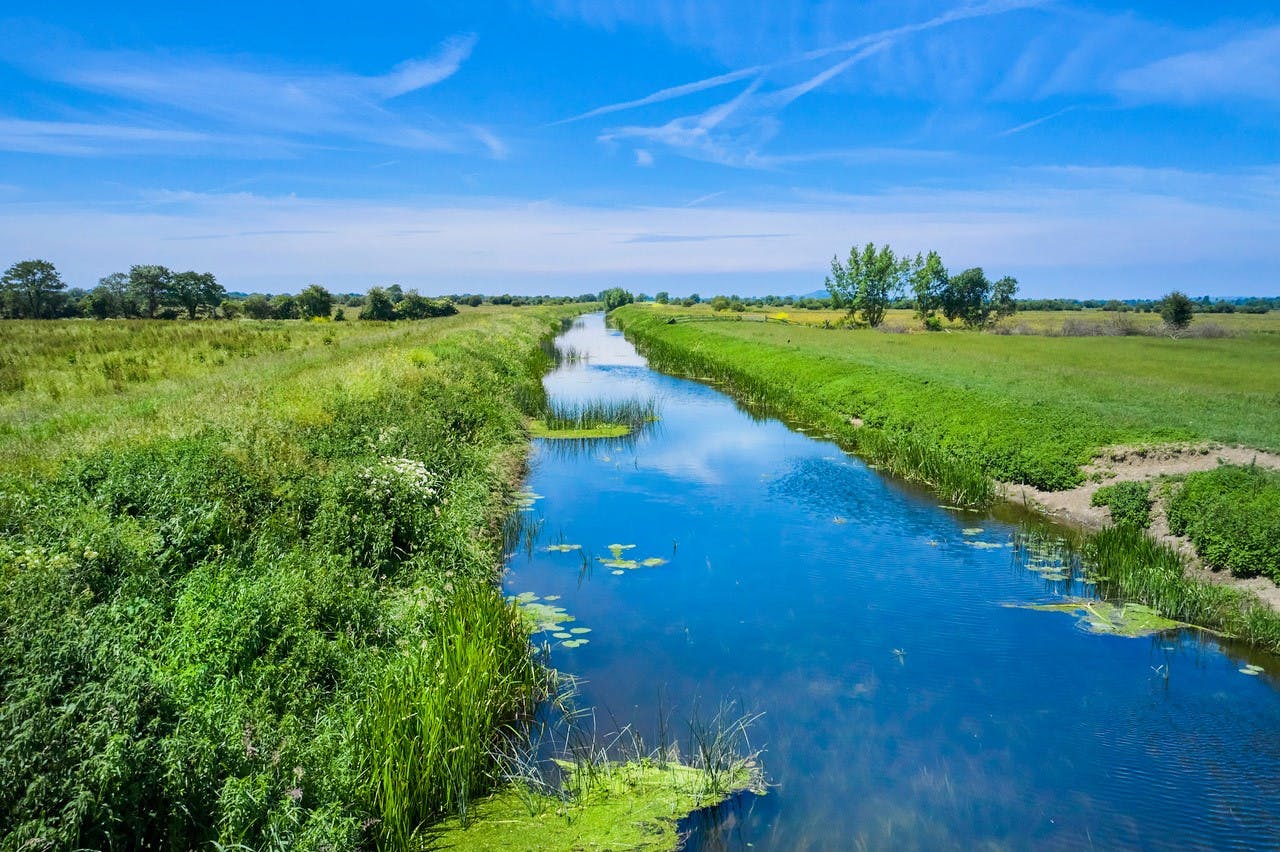
Our Wilder Carbon projects achieve a multitude of added benefits alongside carbon sequestration and reduction. We pick three unique features of each project to highlight the co benefits of the projects.
Honeygar will first and foremost provide protection to lowland peat. Through initial intervention, water quality will improve over time and the area will be made into a haven for unique wildlife.
Peat Protection
Flood Management
Water Quality
![Water and reed beds at dusk]() Honeygar VisionAvalon Marshes (Somerset Levels and Moors)
Honeygar VisionAvalon Marshes (Somerset Levels and Moors)The Avalon Marshes is one of the finest remaining lowland wetlands in Britain and a critical home for vulnerable and rare wetland birds including the elusive bittern. In January 2021 Somerset Wildlife Trust agreed the purchase of Honeygar farm as a site to focus natural habitat restoration of fenland and wetland, increasing carbon sequestration and to be used as a demonstration site to other landowners, managers and communities.
![Green marshes at dusk]() Honeygar AimRe-wild, Re-wet & demonstration
Honeygar AimRe-wild, Re-wet & demonstrationThis supports the Somerset WT vision for the Avalon Marshes, using (re)wilding opportunities, natural regeneration to drive the re-wetting of land. The project will also allow us to record, investigate and understand in detail the relationship between wilding ecosystems and carbon capture for lowland peatland and to forge partnerships to stimulate a new economic model for the Somerset Levels that puts nature-based solutions at its heart.
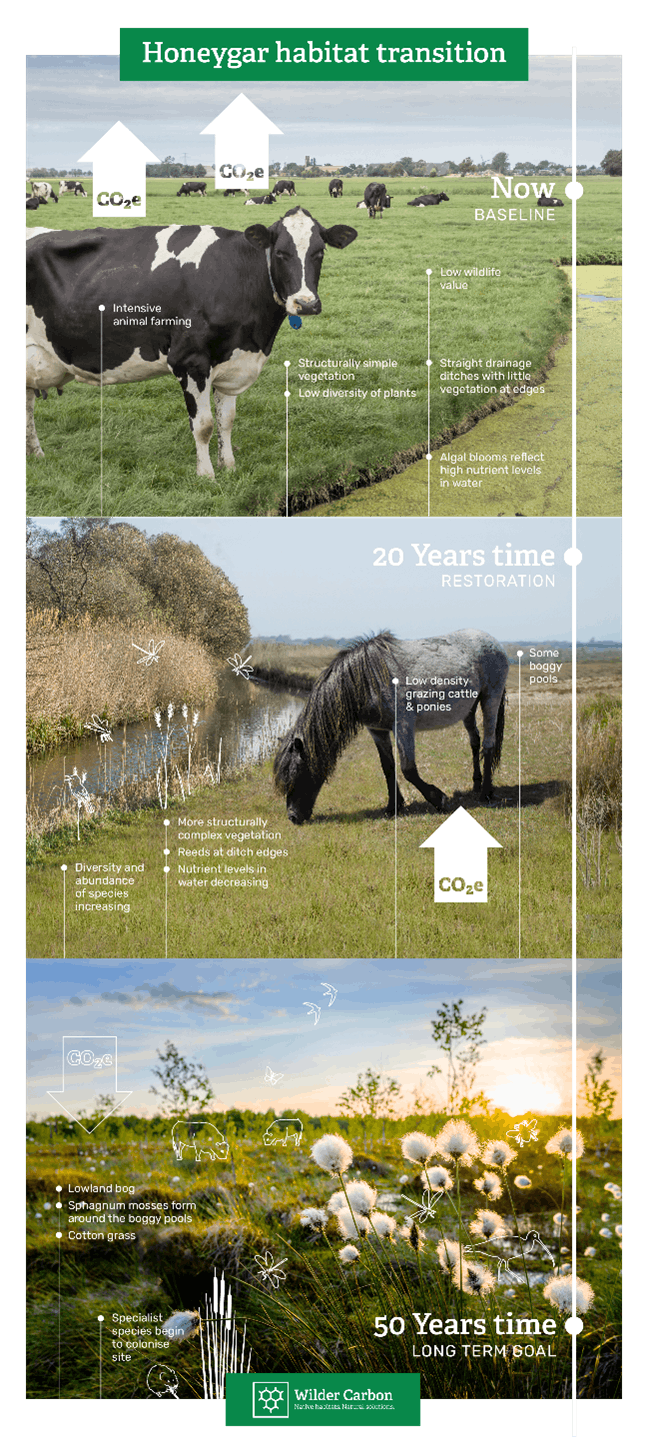
Why Wilder Carbon?
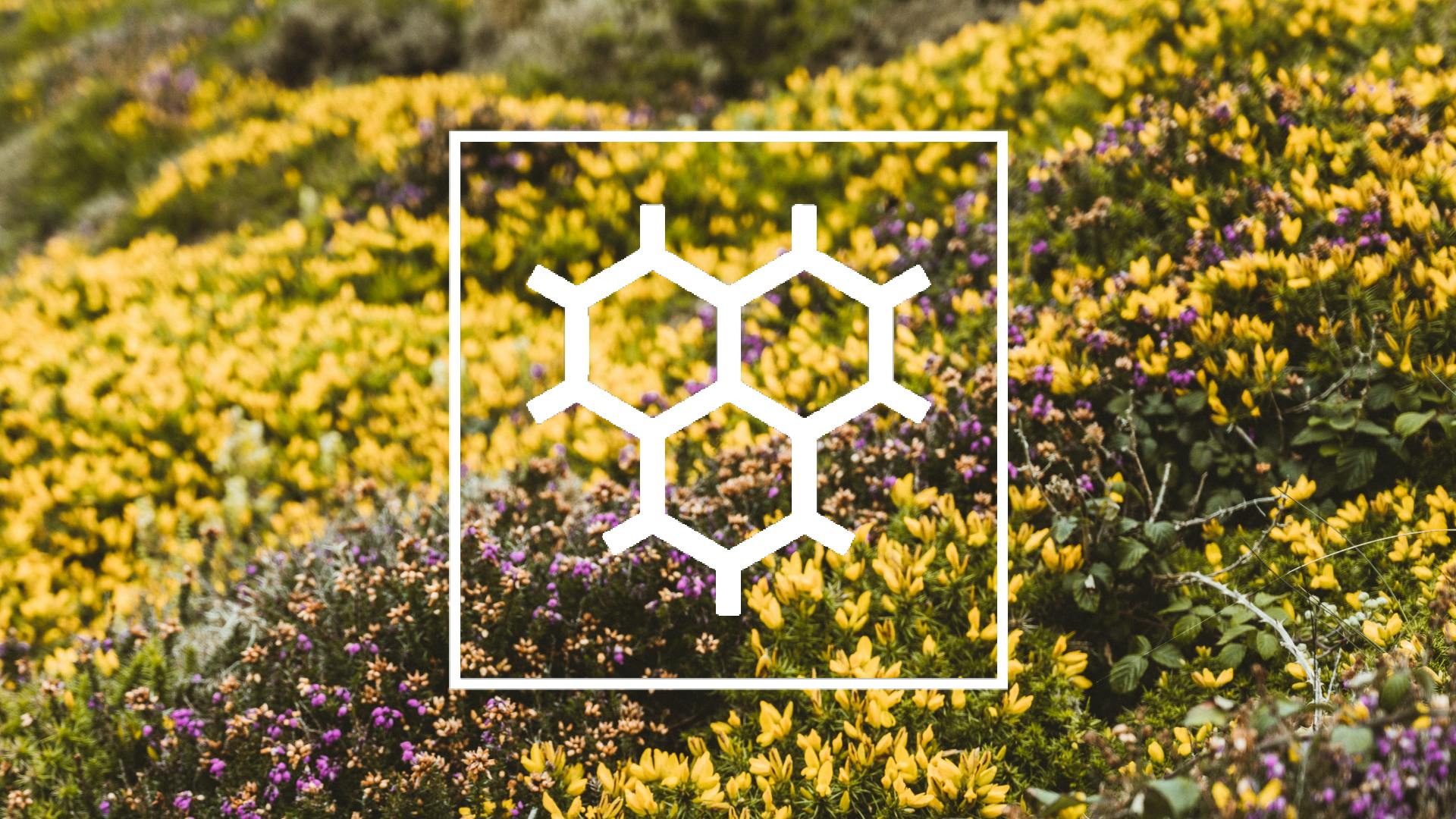
EIUs
Calculating our Estimated Issuance Units
Honeygar is currently an emitter of emissions. Under it's current land use, baseline emissions sit at 1,642 tCO2e per year. By rewetting Honeygar, a large proportion of those emissions will be avoided, leveraging carbon finance for the amount avoided up front through the sale of estimated issuance units (EIUs). We apply a generous buffer and use the best available data, calculating a minimum defensible estimate over the 50 year duration of the project. With matured habitat regeneration over time, we hope to one day see Honeygar begin to sequester carbon.
PROJECT REGISTRATION DOCUMENTATION
- View here →
Project Design Document
- View here →
Management Plan
- View here →
Monitoring Plan
- View here →
External Validation
- View here →
Management Agreement
- View here →
Engagement Plan
- View here →
Maps and Surveys
- View here →
Carbon + Habitat Tool Project Outputs
- View here →
Carbon + Habitat Tool Habitat Parcels
Somerset Wildlife Trust is really proud to be a trusted deliverer with Wilder Carbon. Being a Trusted Deliverer means that we have the assurance we're working to high standards through the standards board and that our project has been checked and verified independently to make sure that we're going to deliver those carbon benefits and biodiversity gains.
Honeygar - Somerset Wildlife Trust
Speak to our Delivery Team
Our delivery team consists of in-house experts who can talk to you about your Wilder Carbon investment.
![Evan Bowen-Jones]() Evan Bowen JonesFounder / Managing Director
Evan Bowen JonesFounder / Managing Director![Paul Hadaway]() Paul HadawayDirector of Conservation
Paul HadawayDirector of Conservation- Sarah BrownlieProgramme Director
![Ross Johnson]() Ross JohnsonHead of Nature Markets
Ross JohnsonHead of Nature Markets![Robbie Still]() Robbie StillHIRegistry -Head of Digital Development
Robbie StillHIRegistry -Head of Digital Development![]() Helen Gillespie-BrownBusiness Development Manager
Helen Gillespie-BrownBusiness Development Manager
Other Projects
- Research & DevelopmentRead more about Solent Seagrass project
Solent Seagrass
- Research & DevelopmentRead more about Mercer's Farm project
Mercer's Farm
- Ready Now
![]() Read more about Heather Corrie Vale project
Read more about Heather Corrie Vale projectHeather Corrie Vale
- Ready NowRead more about Great Fen: Speechly’s Farm project
Great Fen: Speechly’s Farm
- Ready NowRead more about Redhill Regeneration (Boothby Wildland) project
Redhill Regeneration (Boothby Wildland)
- Ready Now
![]() Read more about South Lakeland project
Read more about South Lakeland projectSouth Lakeland
- Ready Now
![]() Read more about Honeygar Farm project
Read more about Honeygar Farm projectHoneygar Farm
- New OpportunityRead more about Blue Carbon project
Blue Carbon
- In DevelopmentRead more about Wantsum Wetlands project
Wantsum Wetlands
- In Development
![]() Read more about Wilder Blean Woods Complex project
Read more about Wilder Blean Woods Complex projectWilder Blean Woods Complex



